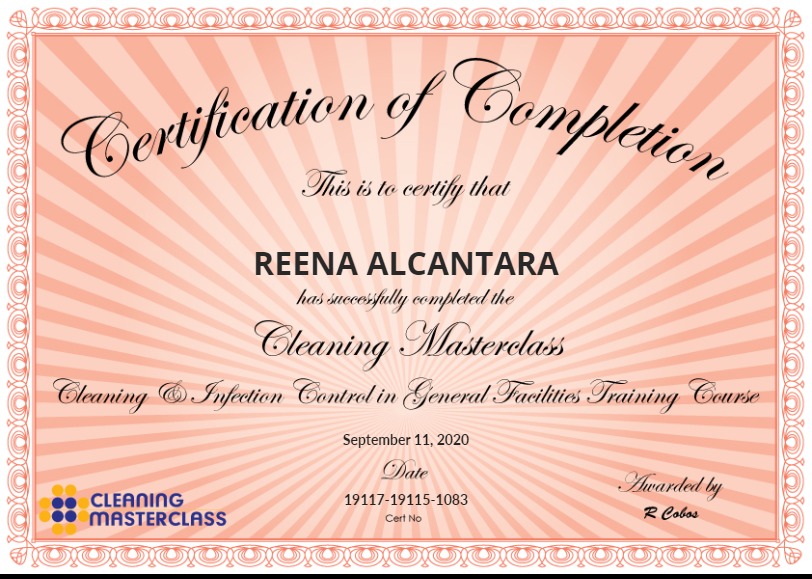Difference of Cleaning, Sanitizing and Disinfecting Spaces
Every time there is a health scare or crisis like this Coronavirus pandemic, we all get into panic cleaning of our place. We want to be sure that every inch of our space is cleaned, disinfected and sanitized. But what is really the difference of cleaning, sanitizing and disinfecting? Are they all the same? Is one more important than the other?
Cleaning, sanitizing and disinfecting is a broad approach in helping prevent the spread of diseases, not just COVID-19, but others as well. Though they are used interchangeably, the difference of each can help ensure health and safety of occupants in their respective spaces.
Need something cleaned?
Cleaning
Cleaning involves removing dust, dirt, visible stains and debris from surfaces and items. Basically it is ensuring that there are physical and visual changes in the surfaces and items being cleaned. Some of the common materials used in cleaning are brush, broom, dust pan, and vacuum for large debris, and mop, wipes and washclothes for small debris such as dust.
When cleaning surfaces, the use of multi-purpose cleaners are used to help make cleaning easier. They may come in powder or liquid forms and may include anti-microbial properties, but not as intensive as disinfectants.
Regular cleaning is fine when there are no health concerns in the community, and the weather is sunny and dry. When there are health threats or when the weather is humid or wet, cleaning may not be enough to keep infections away.
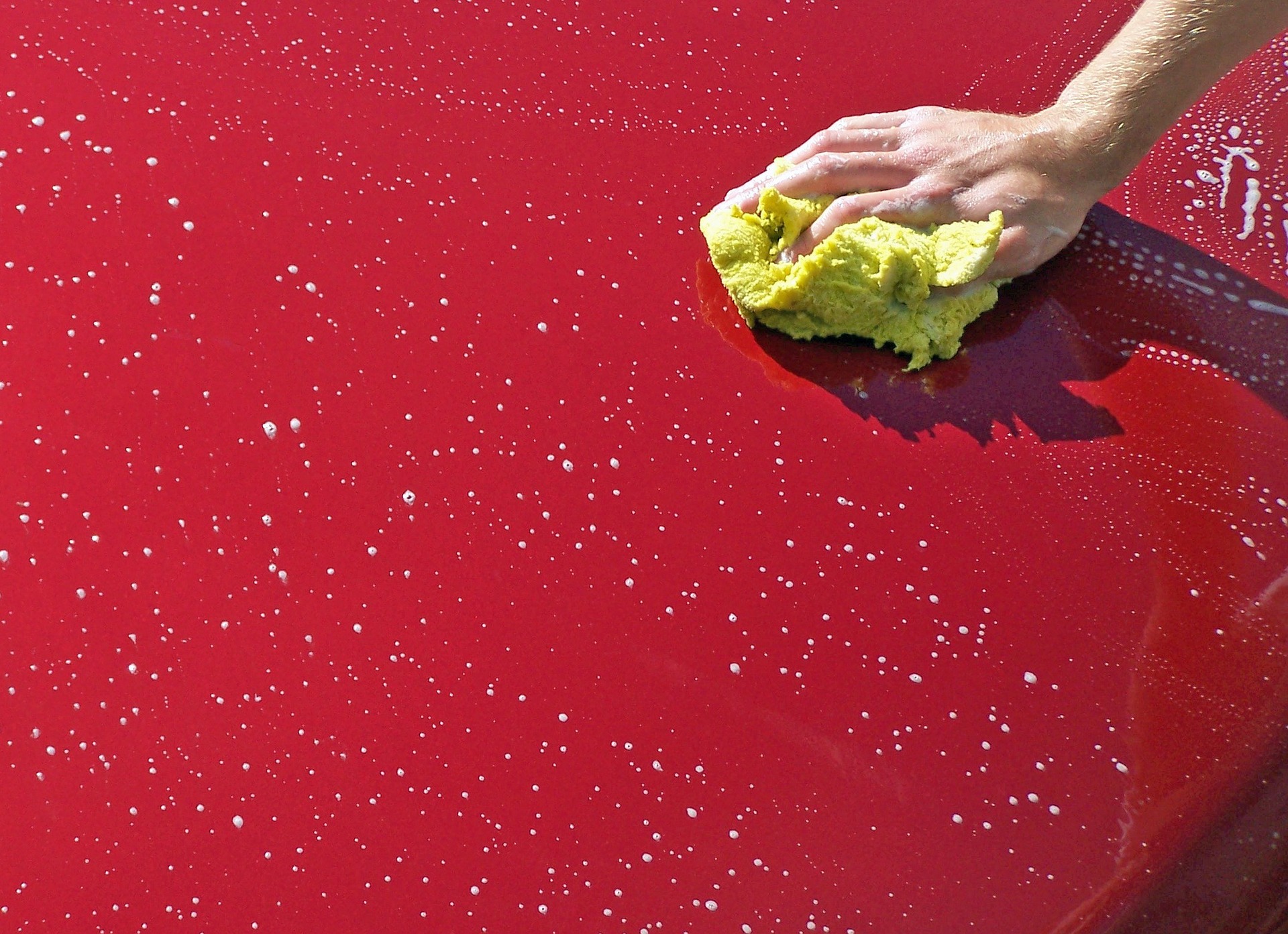
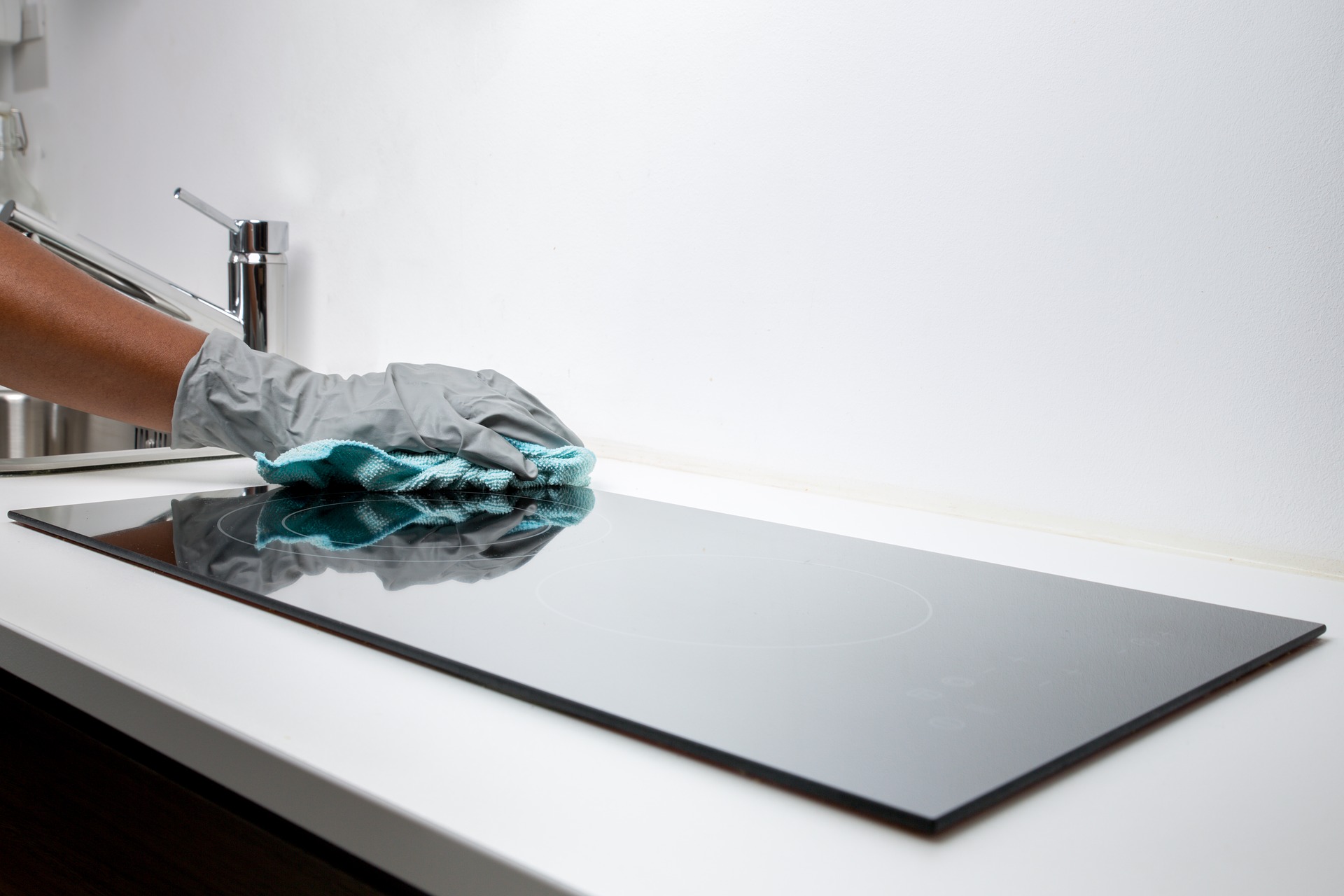
Sanitizing
Sanitizing involves in reducing the number of germs (such as bacteria, fungi and viruses) to a certain limit or level. Usually, sanitizing is done during or after cleaning with the use of “sanitizers”. These sanitizers are usually commercial grade and will kill 99.9% of germs as they have advertised.
Sanitizers come in powder (Chlorine powder) or liquid form, such as rubbing alcohol, hand sanitizers and commercial disinfectants. They are strong enough to kill germs but not completely. The remaining germs are in safe amounts that our immune system can handle them in case of infection.
Sanitizing after cleaning is always recommended to ensure that there will be less risk of infection. However, frequent use and skin contact of sanitizers such as alcohol may dry up our skin and may cause infection.
Need something cleaned?
Disinfecting
Disinfecting involves in killing germs and viruses by using chemicals that do such – disinfectants. Disinfecting does not include cleaning or the removal of dirt, and sometimes, it is better to disinfect first before cleaning a certain space before cleaning to avoid infection.
Disinfectants come in powder (Chlorine powder) or liquid form, and may come in various strength and speciality. Some disinfectants can only kill bacteria and not viruses, while some can do both. There are disinfectants that are risky to use and may cause respiratory problems, and some are safe.
We recommend frequent disinfection of spaces to ensure that the number of bacteria and viruses are always low, including disinfection prior to cleaning, and most of all, disinfecting when a suspicious case of infection has been reported.
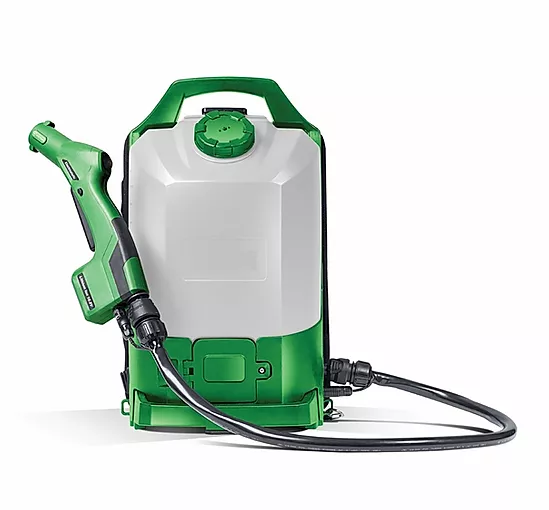
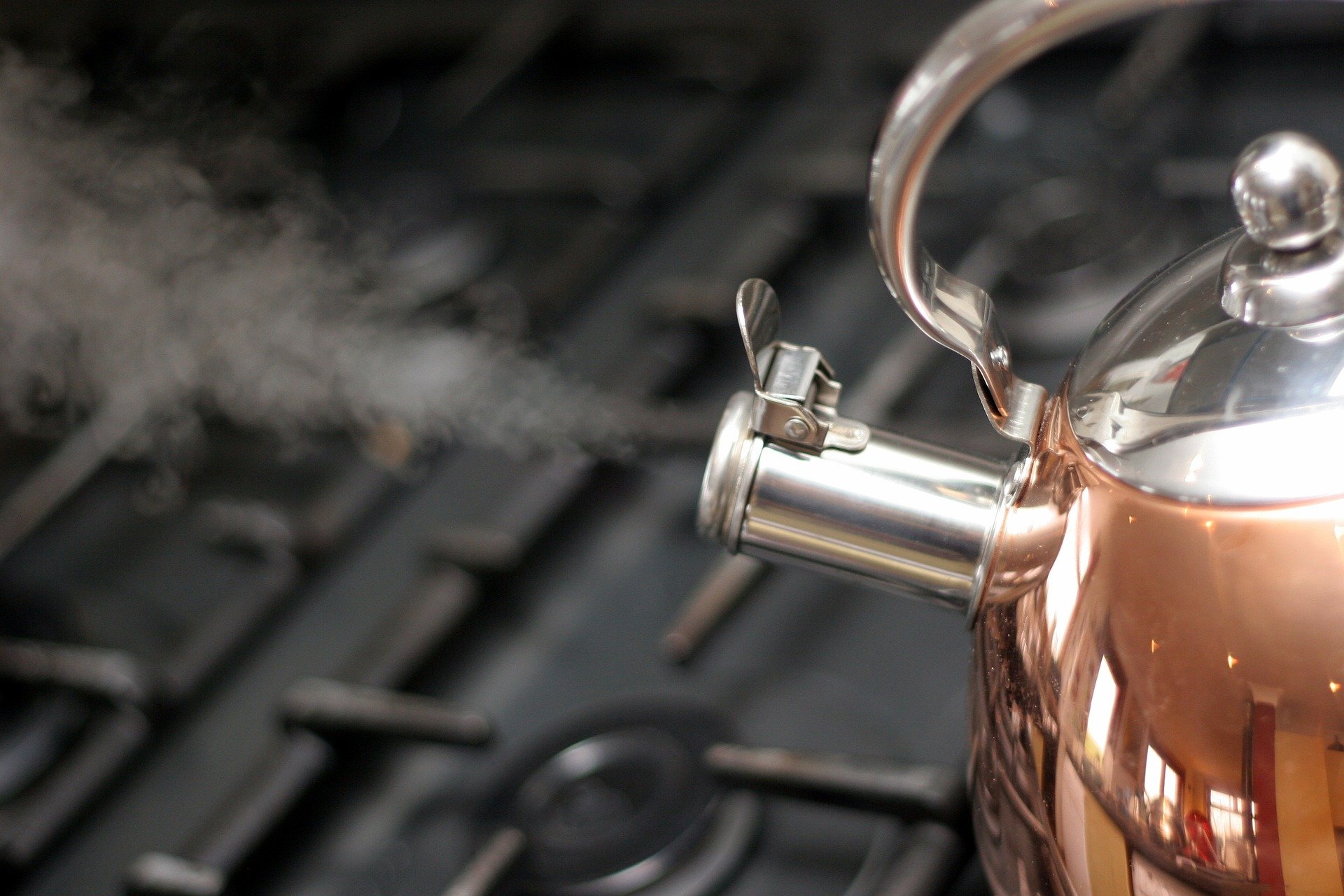
Sterilizing
Sterilization involves in the the removal of all microorganisms (bacteria, fungi and viruses) on items. This is often confused with disinfection, because you can disinfect spaces and areas, while you cannot possibly sterilize areas, only items. Sterilizing items involve cleaning (removal of dirt), sanitizing and heating the item(s) using steam for a period of time.
Sterilizers are commercially available for bottles and jewelry cleaning. In laboratories and hospitals, they use auto-claves as sterilizers and uses the same principles.
Sterilizing spaces is possible if there will be little to no physical contact can be done and there are no movement of air in the area. These and possibly more factors can only ensure that a space is sterile or not.
Need something cleaned?
Applying the difference in cleaning, sanitizing and disinfecting spaces
- Cleaning can help reduce and prevent pests.
- Cleaning and sanitizing helps protect your family from infections.
- Cleaning and regular disinfection helps protect your employees and colleagues from infections.
- Cleaning and regular disinfection helps make your office or business compliant with safety regulations.
- Clean and disinfect surfaces that are touched more often.
- Sanitize hands by frequent handwashing to prevent infections.
- Disinfect common places such as toilets and pantry.
- Disinfect spaces where food is prepared and served such as kitchen and dining area.
- Sterilize utensils used to carry food such as spoon, fork, knives, food containers and water bottles.
Do you want to learn more on how CMDA Cleaning Services can help you, your family, or your office fight against COVID-19? Send us an email at inquiry@cmdacleaning.com, or call/text us on any number mentioned above.
Let’s all be well and healthy, wear a face mask, wash our hands frequently, maintain a 1-2 meter physical distance to non-family members, and stay at home if we can. Stay covid-free!
CMDA Cleaning Services - A trusted name in Cleaning and Disinfection Services
As a company certified in Cleaning & Infection Control in General Facilities from the Cleaning Masterclass in UK, our clients trust and prefer our services in all their cleaning, disinfection and housekeeping needs. We deliver beyond the basic cleaning, disinfection and housekeeping services you require and expect. If you have any sanitation questions and request, we would love to hear from you! Contact us today and let us help you create a cleaner and safer future, together.
